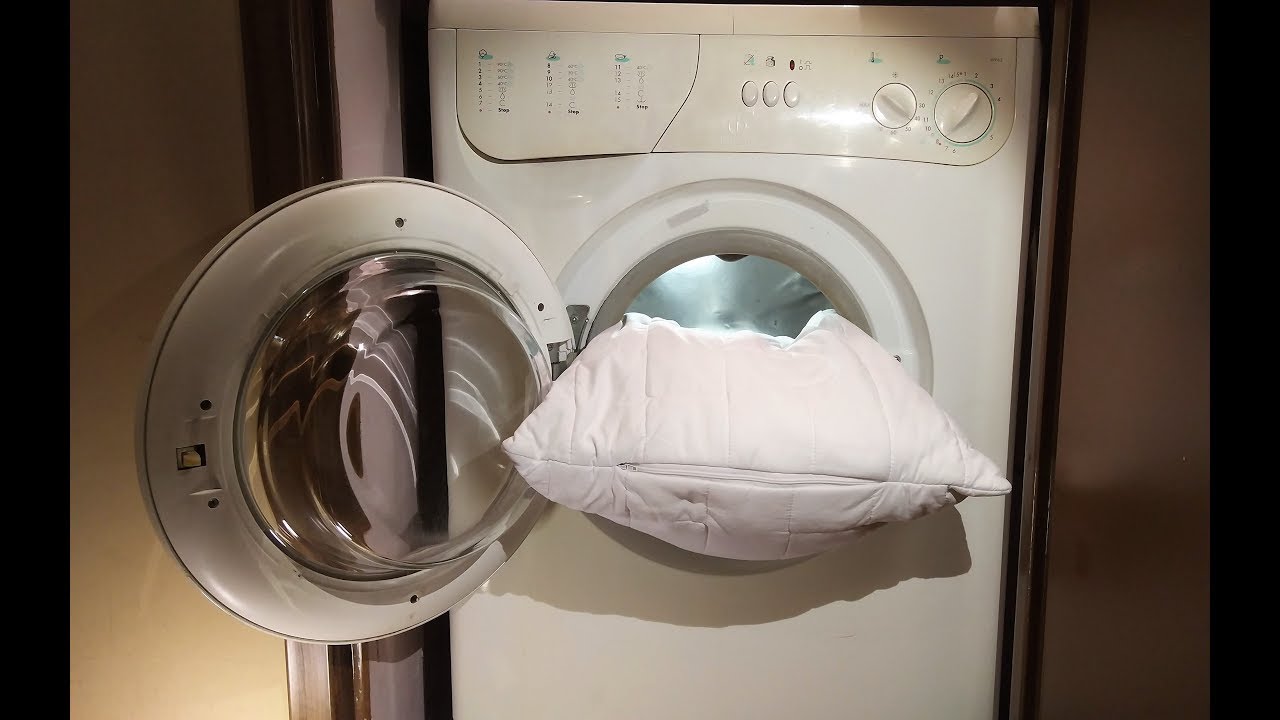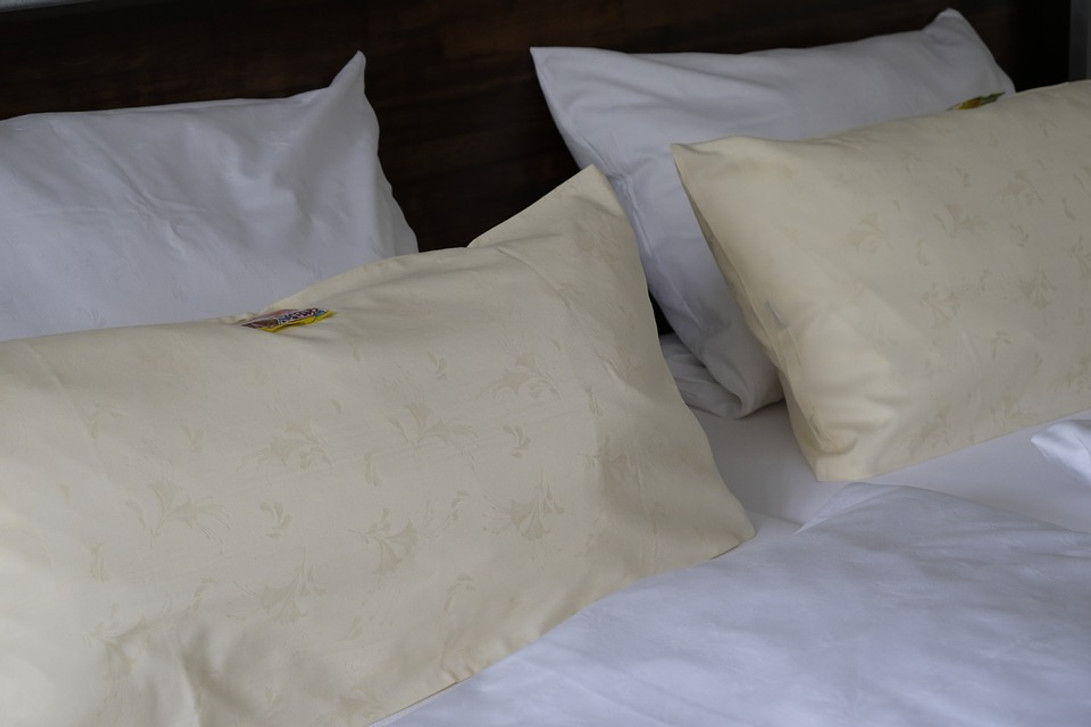 Before washing your feather or
down pillows, a lot of questions might arise in your mind. The best thing about pillows is that they usually fit in the washing machine. They will remain
soft and smooth with the same appearance that includes their shape and
structure as well.
Before washing your feather or
down pillows, a lot of questions might arise in your mind. The best thing about pillows is that they usually fit in the washing machine. They will remain
soft and smooth with the same appearance that includes their shape and
structure as well.
Pacific Coast® bedding mainly prioritizes the use of natural filling materials in their collection of pillows. These materials provide a lot of benefits for their users which include easy maintenance, durability, smoothness and the comfort they provide. Washing of down and feather pillows compared to synthetic pillows is quite an easy process.
Washing an artificial pillow can be risky due to a number of reasons. Many individuals have reverted to not washing their pillows as they get uneven and out of shape. What this means is that they keep sleeping on dirty pillows for quite a while until they think it’s time to buy a new one. On the other hand, if you buy one of the goose-down pillows, you will not have to worry at all. Such pillows tend to be long lasting if washed on a regular basis. You also might need to dry them properly mainly to maintain their width and compactness.
Why Do Pillows Get Yellow?
A stained pillow is something that might ruin your sleeping mood. There are quite a few things that can cause your pillows to turn yellow. Head sweating is one of the common reasons that stain your pillows depending upon how much you sweat while sleeping. Natural body oils, pregnancy, and menopause are some of the other common causes that also ruin the appearance of your pillows. A common drooling habit while sleeping is also responsible for yellowing of your bedding accessories.
How to Wash Goose Down Or Feather Pillows?
To avoid yellow or dirty pillows, it is important you keep your pillows fresh and clean. Here are a few steps to help you out:
- Use a gentle soap. Soap without any additional chemicals is something you should look for.
- Wash the pillow thoroughly. You should also make use of an additional rinse cycle to make sure that all the soap washes away.
- Make use of a suitable water temperature. You can use hot, warm or cold water depending upon the fabric type. Most of the fabrics used tend to shrink if washed with hot or warm water. In such cases, cold water is a much better choice.
- When using a washing machine, it is better to wash two pillows at a time. This will ensure a smooth rinsing process.
- Put your washer on the fastest spin speed. This is to make sure that little or no moisture remains.
- Avoid using a fabric softener. It can reduce the amount of fluffiness in your goose down or feather pillows.
- You can also consider using non-chlorine bleach for getting rid of the yellow stains.
The Drying Process
After giving your pillows a much-needed bath, now is the time to dry them carefully. Here are a few tips to help you make the process easier:
- Keep a regular check on your pillows after each drying cycle. The pillows can still be damp and might need additional cycles to dry out the moisture completely.
- It is important that you use the most suitable drying temperature for your pillows. You should avoid warm temperatures which can cause shrinkage.
- The drying process requires patience. It can take several turns from the dryer to complete the process as each machine has a different drying time.
- To determine the level of dampness, you should check for clump and scents which can cause mold. It is essential to repeat the drying cycle when such problems occur.
When to Wash Your Pillows?
Most of the experts recommend a six month period washing time for your pillows. The cleaning process also occurs earlier than the fixed period depending upon your use. Your sweat, saliva, body oils and the skin cells easily transfer to your pillows. Such natural causes might require your attention before the fixed six month time. Pillowcases are one way to prevent your pillows from getting dirty. However, you still might need to wash the pillows but not that often.
How to Fluff Up Your Pillows Repeatedly While Washing?
Compression is a common issue with most of the pillow types especially when washing. This requires you t ore-fluff your pillows regularly to maintain their shape and softness. Here are a few steps to help you out:-
- The procedure takes place for about 15-20 minutes with a low heat setting applied to the washer.
- A wet washcloth is a major requirement for the process.
- A fabric softener is most suitable to maintain the quality of the fabric and the freshness levels.
 Advantages and Disadvantages of Pillow Protectors
Advantages and Disadvantages of Pillow Protectors
Pillows can easily get dirty due to a number of reasons as mentioned before. A pillow protector is something you can use to maintain the cleanliness of your pillows for a longer time. The benefits of pillow covers easily outweigh their disadvantages. For instance, the added layer is a customer favorite as it provides the necessary protection from numerous substances. A slight disadvantage of the extra layer is that it reduces the bendiness of your pillow. A pillow with a pillow cover can lack the flexibility that most of the individuals look for. Each person has his or her comfort demands. To know if a pillow protector suits you, you will have to try it on for yourself.
Washing of down or feathery pillows is quite simple if you follow the listed steps. You should know that clean pillows have a lot of benefits. They have a longer life, and with regular cleaning, they can last for about ten years.

